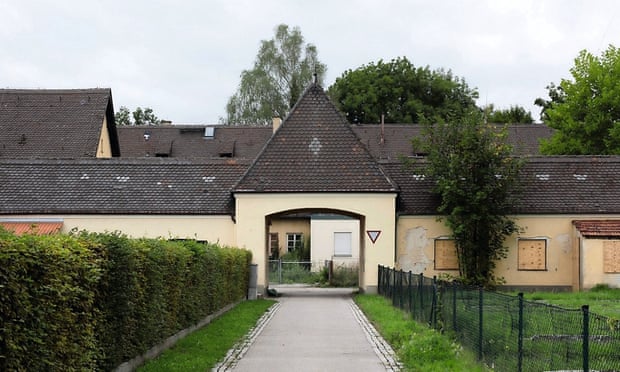by Shelby Vcelka
Impunity Watch Desk Reporter, Europe
BERLIN, Germany–
A portion of the former Nazi concentration camp Dachau in southern Germany is now being used as housing for refugees seeking asylum in Germany. The reconfigured apartment building, located on the camp’s herb garden, houses around 50 formerly homeless people, most of which are refugees from the Middle East. Although the building is not located on the main camp location, the watchtowers and barbed wires are clearly visible from inside the apartments.

In Dachau, as in many other small German towns, the recent influx of refugees has placed an enormous strain on resources. Improvised temporary housing, such as beer tents, military barracks or exhibition centers, are common, but long term housing for those who have been granted asylum or are waiting on processing has proved much more difficult. Housing the refugees in Dachau’s herb garden has been one of many controversial measures to provide more permanent housing.
Earlier in 2015, the German towns of Schwerte and Augsburg also considered housing refugees in the external sites of former concentration camps, but were forced to cancel those plans due to public outrage.
Gabriele Hammermann, director of the Dachau concentration camp memorial site, does not believe that the camp should be used to house refugees. “For me, it’s not very welcoming to house refugees in a place that symbolizes torture and death…Fundamentally, we think that other places are more appropriate in order to house people, especially since integration is a major goal. So I think it makes more sense to house people in the centers of towns, not on the outskirts. But at the moment it is a very tense housing situation,” she said. However, Hammermann is willing to compromise and keep most of the current housing available for that purpose, as long as the rest of the space is used for exhibitions and seminars. Conversely, the mayor of the town of Dachau, Florian Hartmann, said it was the duty of the town to find long-term housing for the homeless in a time when affordable housing is scarce. In an email, he writes, “[The current tenants are] the more vulnerable members of our society. In that way, the buildings with their historical burden can be used for a socially meaningful purpose.”
The Nazis opened Dachau in March 1933 to house political prisoners, a few weeks after Adolf Hitler had risen to power as Chancellor. Other camps used Dachau as a model for their operations and setup, until many of those were converted into extermination camps. It was the longest running camp, as it was operational from March 1933, until April 1945, when Allied troops liberated the site.
For more information, please see–
The Washington Post– Germany is housing refugees within Holocaust-era concentration camps— 30 January 2015
The Guardian– The refugees housed at Dachau: ‘Where else should I live?— 19 September 2015
Business Insider– A part of this former Nazi concentration camp is now a homeless shelter— 22 September 2015
International Business Times– Migrant crisis: Dachau concentration camp being used to house refugees— 23 September 2015